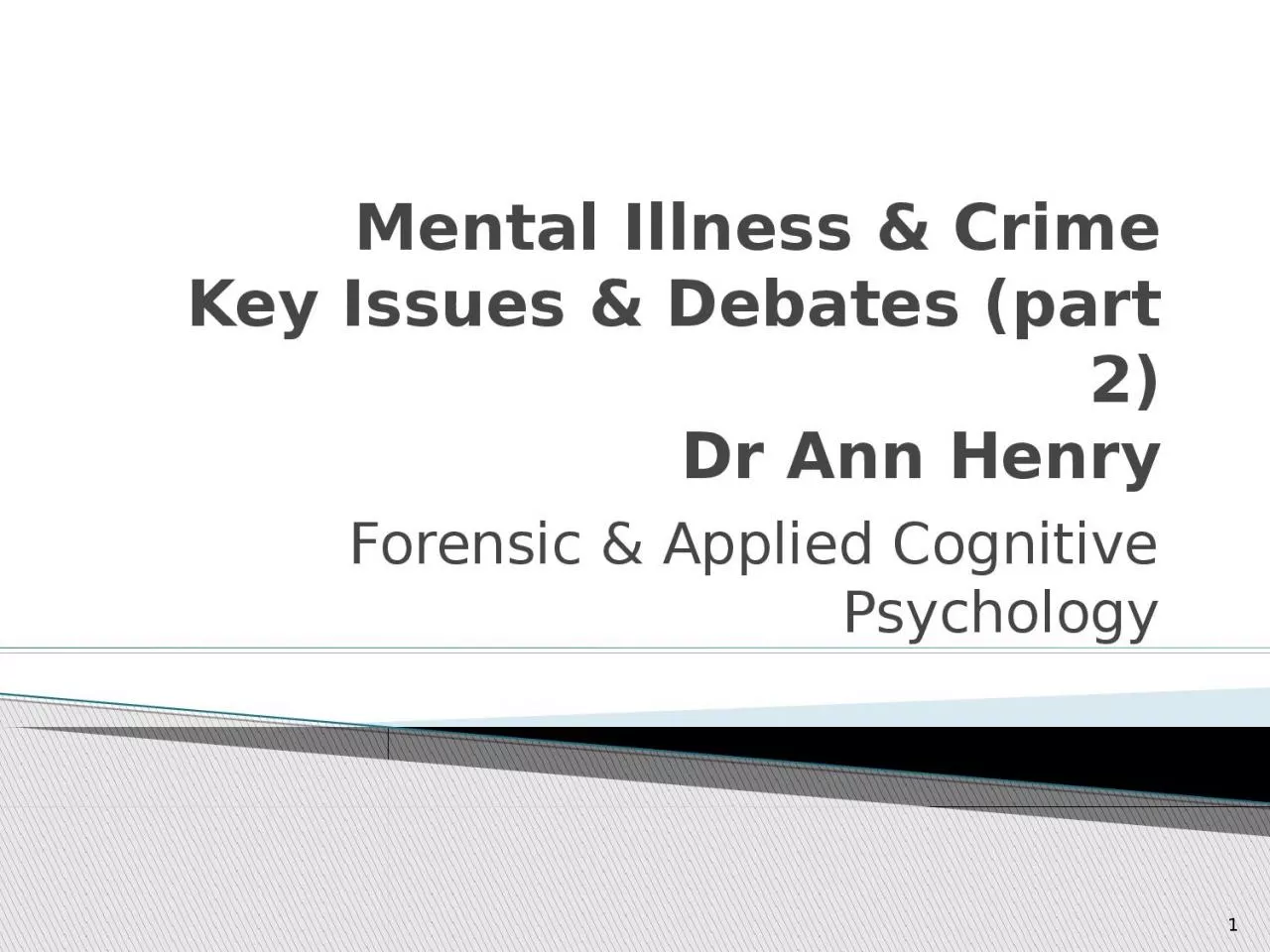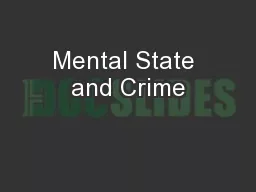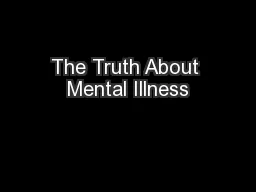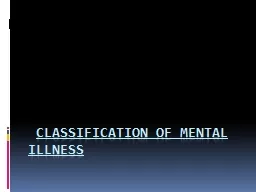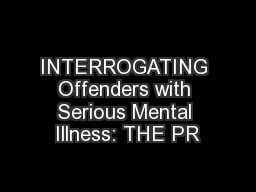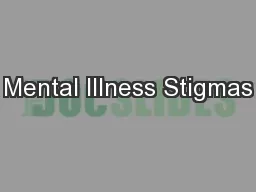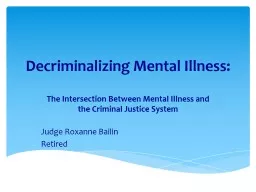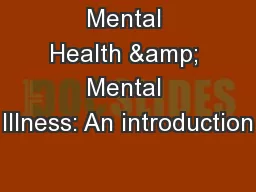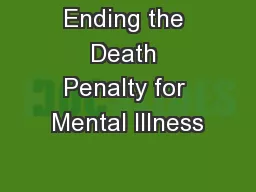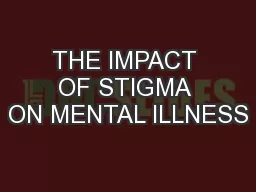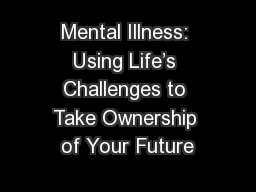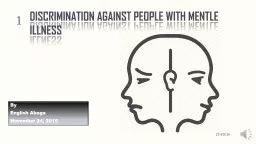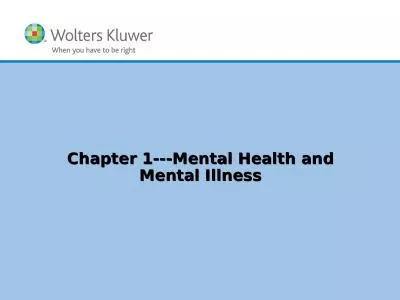PPT-Mental Illness & Crime
Author : ash | Published Date : 2023-12-30
Key Issues amp Debates part 2 Dr Ann Henry Forensic amp Applied Cognitive Psychology 1 Recap re Lecture 1last week Quiz on mental health awareness Legal definition
Presentation Embed Code
Download Presentation
Download Presentation The PPT/PDF document "Mental Illness & Crime" is the property of its rightful owner. Permission is granted to download and print the materials on this website for personal, non-commercial use only, and to display it on your personal computer provided you do not modify the materials and that you retain all copyright notices contained in the materials. By downloading content from our website, you accept the terms of this agreement.
Mental Illness & Crime: Transcript
Download Rules Of Document
"Mental Illness & Crime"The content belongs to its owner. You may download and print it for personal use, without modification, and keep all copyright notices. By downloading, you agree to these terms.
Related Documents

